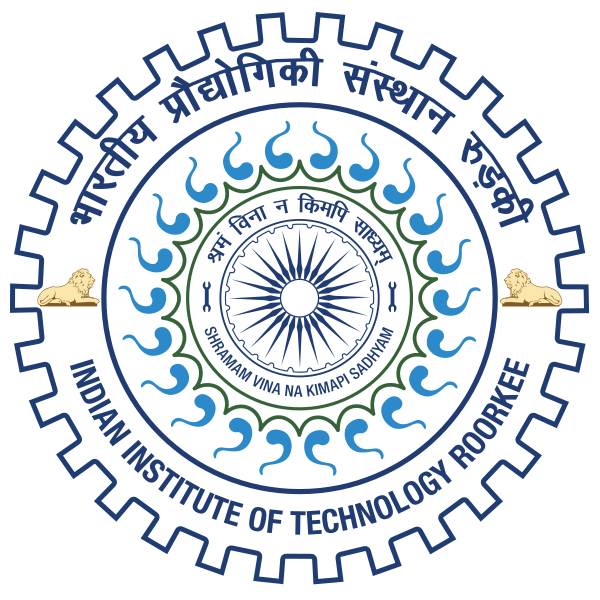Please use this identifier to cite or link to this item:
http://localhost:8081/jspui/handle/123456789/18356Full metadata record
| DC Field | Value | Language |
|---|---|---|
| dc.contributor.author | Kondeti, Vijaya Satyanarayana | - |
| dc.date.accessioned | 2025-09-19T11:59:43Z | - |
| dc.date.available | 2025-09-19T11:59:43Z | - |
| dc.date.issued | 2023-05 | - |
| dc.identifier.uri | http://localhost:8081/jspui/handle/123456789/18356 | - |
| dc.guide | Prasad, B. | en_US |
| dc.description.abstract | Today, the problem of treatment of wastewater from industry is a serious concern. Strict rules are being introduced to maintain the necessity of developing and applying treatment technologies which can remove hazardous pollutants in a large number of industry waste streams. Various industries, such as textiles, leather, printing, laundry, tannery, rosier, rubber, plastic and paint produce a high volume of aqueous effluents that are discharged to water bodies (Díaz et al., 2007). Depending on the source, effluents may contain a number of chemicals such as metals, organic and inorganic compounds, oil and grease etc (Abou-Taleb et al., 2021). | en_US |
| dc.language.iso | en | en_US |
| dc.publisher | IIT, Roorkee | en_US |
| dc.title | ELECTROCHEMICAL REMOVAL OF PHENOL FROM WASTEWATER | en_US |
| dc.type | Dissertations | en_US |
| Appears in Collections: | MASTERS' THESES (Chemical Engg) | |
Files in This Item:
| File | Description | Size | Format | |
|---|---|---|---|---|
| 21561021_VIJAYA SATYANARAYANA KONDETI.pdf | 4.36 MB | Adobe PDF | View/Open |
Items in DSpace are protected by copyright, with all rights reserved, unless otherwise indicated.

